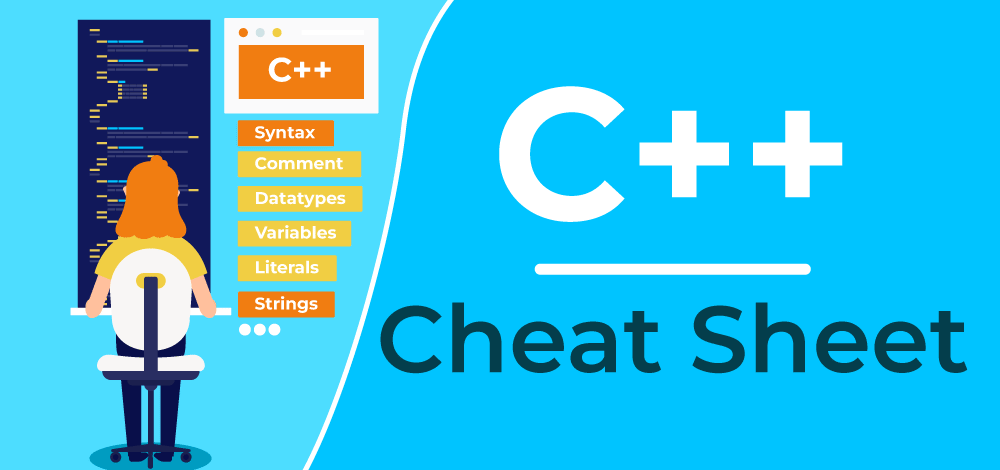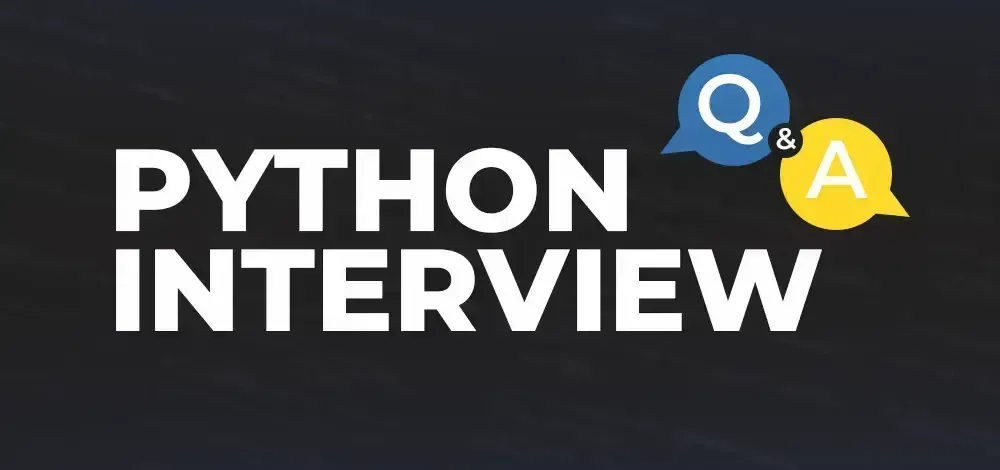Automate Warpgate Infrastructure: Complete Guide to the Terraform Provider
Looking to manage your Warpgate resources more efficiently? This guide dives into using the Terraform provider for Warpgate, enabling you to automate and streamline your infrastructure management. You'll learn how to build, configure, and use the provider to manage users, roles, targets, and more.
What is the Warpgate Terraform Provider?
The Warpgate Terraform provider lets you manage Warpgate resources through Terraform, an Infrastructure as Code (IaC) tool. Warpgate acts as a secure bastion host for SSH and HTTPS, and this provider gives you the power to automate its configuration.
Why Use Terraform with Warpgate?
- Automation: Automate the creation, modification, and deletion of Warpgate resources.
- Version Control: Manage your infrastructure configurations as code, tracking changes and enabling rollbacks.
- Consistency: Ensure consistent configurations across all your Warpgate environments.
- Efficiency: Reduce manual configuration effort and improve overall infrastructure management efficiency.
Getting Started: Requirements and Installation
Before diving in, make sure you have the following:
- Terraform: Version 0.13.x or later.
- Go: Version 1.18 or later (required for building the provider).
- Warpgate: Version 0.13.2 or later.
Building the Provider: Step-by-Step
-
Clone the repository:
-
Build the provider:
-
Install the provider: This command installs the provider in your Terraform plugins directory.
Configuring the Provider: Authenticating with Warpgate
To use the provider, you'll need to configure it with your Warpgate host and API token. You can do this directly in your Terraform configuration file or via environment variables.
Method 1: Terraform Configuration
terraform {
required_providers {
warpgate = {
source = "registry.terraform.io/warp-tech/warpgate"
version = "~> 1.0.0"
}
}
}
provider "warpgate" {
host = "https://warpgate.example.com"
token = var.warpgate_token
}
Method 2: Environment Variables
Set the WARPGATE_HOST and WARPGATE_TOKEN environment variables.
Managing Warpgate Resources with Terraform: Available Resources and Data Sources
The Warpgate Terraform provider enables you to manage various Warpgate resources. Here's a breakdown:
Resources:
warpgate_role: Manage Warpgate roles, defining access permissions.warpgate_user: Manage Warpgate users, including their credentials.warpgate_target: Manage Warpgate targets (SSH, HTTP, MySQL, PostgreSQL), representing the infrastructure you want to secure.warpgate_user_role: Assign roles to users, granting them specific permissions.warpgate_target_role: Assign roles to targets, controlling access to those resources.warpgate_password_credential: Manage password credentials for users.warpgate_public_key_credential: Manage SSH public key credentials for users.
Data Sources:
warpgate_role: Retrieve information about an existing Warpgate role.warpgate_user: Retrieve information about an existing Warpgate user.warpgate_target: Retrieve information about an existing Warpgate target.
Practical Examples: Automating Warpgate Configuration
Let's explore some common use cases with code examples
Creating a Warpgate User:
resource "warpgate_user" "example" {
username = "eugene"
description = "Eugene - WarpGate Developer"
credential_policy {
http = ["Password", "Totp"]
ssh = ["PublicKey"]
mysql = ["Password"]
postgres = ["Password"]
}
}
Adding Credentials to a User:
# Add a password credential
resource "warpgate_password_credential" "eugene_password" {
user_id = warpgate_user.example.id
password = var.user_password
}
# Add an SSH public key credential
resource "warpgate_public_key_credential" "eugene_ssh_key" {
user_id = warpgate_user.example.id
label = "Work Laptop"
public_key = "ssh-rsa AAAAB3NzaC1yc2E... [email protected]"
}
Creating a Warpgate Role:
resource "warpgate_role" "developers" {
name = "developers"
description = "Role for development team"
}
Assigning a Role to a User:
resource "warpgate_user_role" "developer_role" {
user_id = warpgate_user.example.id
role_id = warpgate_role.developers.id
}
Creating an SSH Target for Secure Access:
resource "warpgate_target" "app_server" {
name = "app-server"
description = "Application Server"
ssh_options {
host = "10.0.0.10"
port = 22
username = "admin"
password_auth {
password = var.ssh_password
}
}
}
Automating HTTP Targets Through Terraform
resource "warpgate_target" "web_app" {
name = "internal-web-app"
description = "Internal Web Application"
http_options {
url = "https://internal.example.com"
tls {
mode = "Required"
verify = true
}
headers = {
"X-Custom-Header" = "value"
}
}
}
MySQL Target Creation with Terraform
resource "warpgate_target" "database" {
name = "mysql-db"
description = "Production MySQL Database"
mysql_options {
host = "db.example.com"
port = 3306
username = "admin"
password = var.db_password
tls {
mode = "Required"
verify = true
}
}
}
Streamline PostgreSQL Target Management
resource "warpgate_target" "postgres_db" {
name = "postgres-db"
description = "Production PostgreSQL Database"
postgres_options {
host = "postgres.example.com"
port = 5432
username = "admin"
password = var.postgres_password
tls {
mode = "Required"
verify = true
}
}
}
How to Assign a Role to a Target:
resource "warpgate_target_role" "app_server_access" {
target_id = warpgate_target.app_server.id
role_id = warpgate_role.developers.id
}
Using Data Sources: Querying Existing Resources
Data sources allow you to retrieve information about existing Warpgate resources.
data "warpgate_user" "existing_user" {
id = "existing-user-id"
}
data "warpgate_role" "existing_role" {
id = "existing-role-id"
}
data "warpgate_target" "existing_target" {
id = "existing-target-id"
}
Importing Existing Warpgate Resources into Terraform
Already have Warpgate resources? You can import them into your Terraform state to manage them with code.
Contributing to the Provider
Want to help improve the Warpgate Terraform provider? Here's how:
- Fork the repository.
- Create a feature branch (
git checkout -b feature/my-new-feature). - Commit your changes (
git commit -am 'Add some feature'). - Push to the branch (
git push origin feature/my-new-feature). - Submit a pull request.
Conclusion: Streamline your Warpgate infrastructure
This guide provides a comprehensive overview of using the Warpgate Terraform provider. By leveraging Terraform, you can automate your Warpgate configurations, improve security, and enhance your overall infrastructure management workflow. Start automating your Warpgate deployment today.




